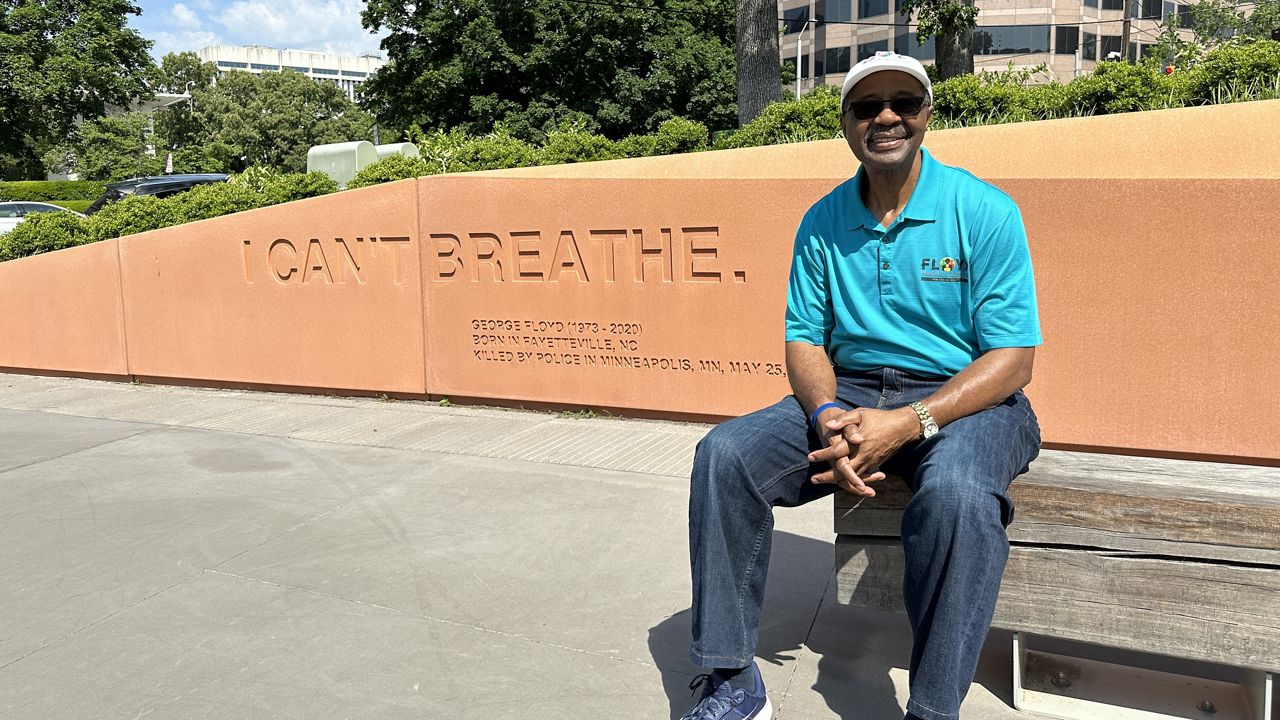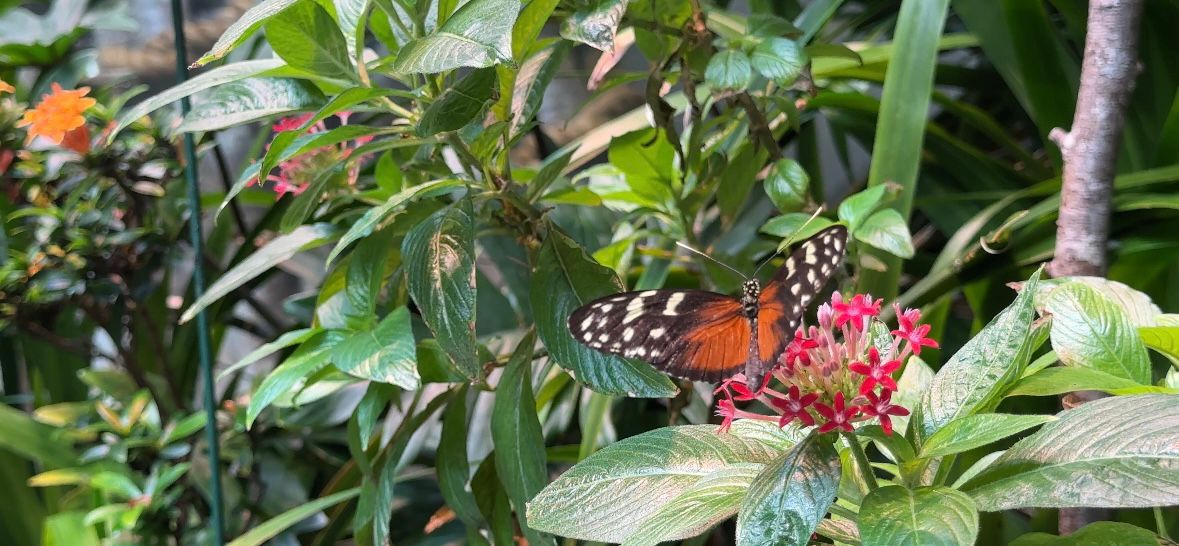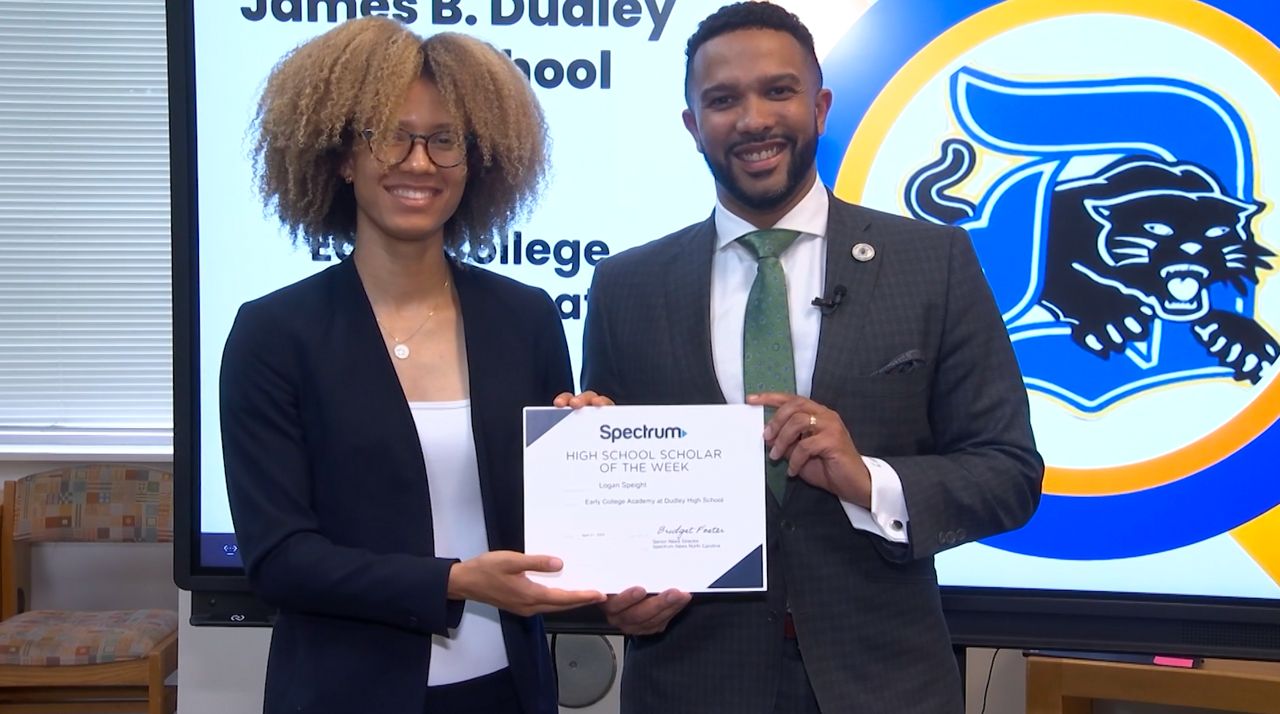WINSTON-SALEM, N.C. — Thousands of amateur radio, aka ham, operators tuned in across North America for the American Radio Relay League Field Day over the weekend.
What You Need To Know
- Ham radios have been around for decades
- The technology made huge advancements in World War II and is still helpful today
- Amateur operators have gathered for ARRL's Field Day in June since 1933
- Licensed operators help connect resources and information to those in need during national disasters like hurricanes and tornadoes
David Nicholson has been working with ham radios since 1979.
“My father was a radio mechanic in the second World War in the CBI theater, and he was into radios, and he played around with making radios and stuff at home,” Nicholson said.
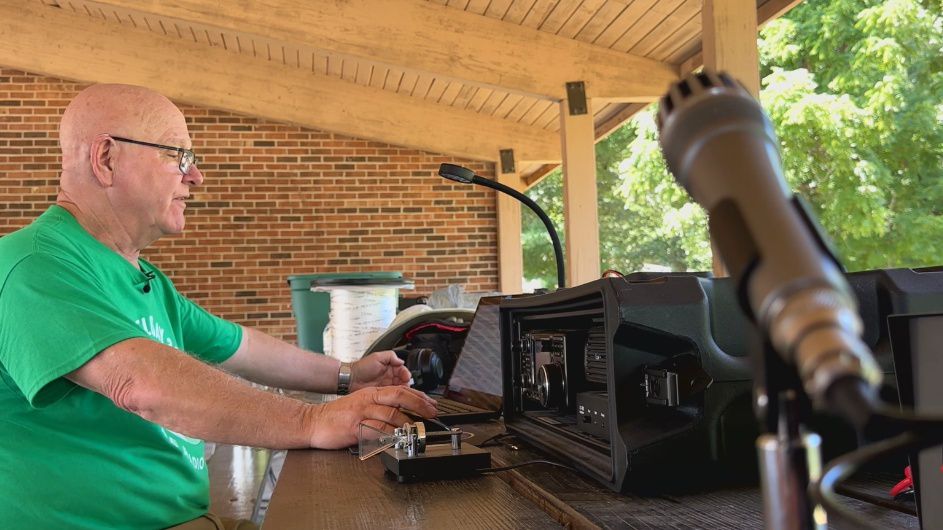
Nicholson is a member of the Forsyth Amateur Radio Club that participated in the ARRL Field Day event. The event has been held for almost 100 years, helping introduce the ham radio hobby to new operators, sharpen licensed operators skills in nontraditional scenarios and a contest, which the club has won numerous times.
“It's a good hobby, that it's an intellectual … People can use their mind and experiment. Not everybody can do physical, and it serves many purposes of just playing, enjoying what you're doing,” Nicholson said.
Not only does the hobby keep minds sharp and let you connect with others all over the world, the technology can help in natural disasters when modern technology fails.
“Sometimes we don't think about the technology that we've used in the past. Amateur radio operators are still relevant. Because when that power goes out, when your cell phone goes out, we still have a way to share vital and important information,” Spectrum News 1 meteorologist Lee Ringer said.
Nicholson says when a disaster strikes, they are dispatched to the location and can have communication set up in about an hour with their equipment always ready to go.
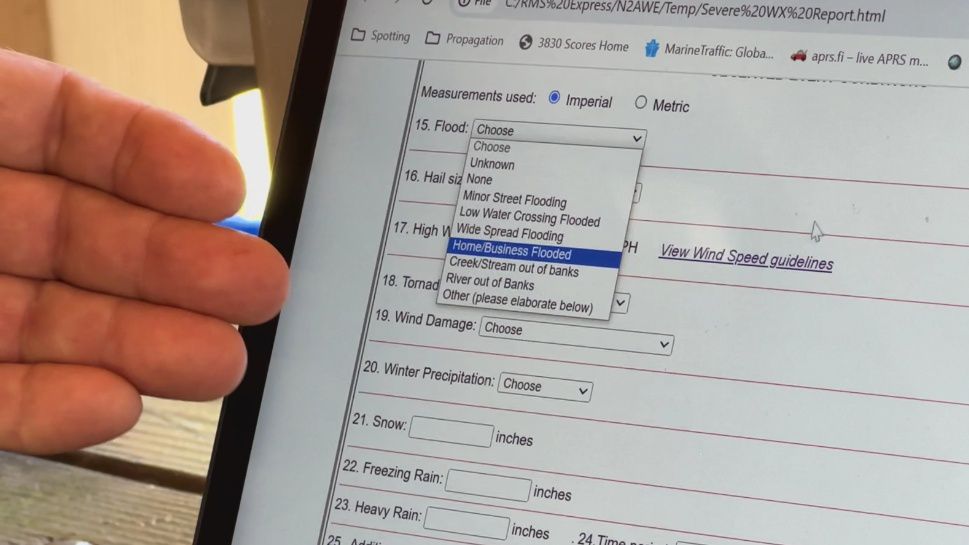
“When we get that notification, then we can go, and we can be of help to whoever needs us. And we may not be called right away because of rotation. They may have somebody in for a week and then somebody else fills in for next week etc.,” Nicholson said.
The operators are able to help organizations such as Red Cross relay vital information that could help save lives with many of the operators having a medical background.
“The information they share helps the National Weather Service to know what type of weather has happened in each community. But it also helps emergency responders to know where folks may be in trouble,” Ringer said.
The "ancient" technology is a critical tool to have with Nicholson even using his skills in his daily life, sending a Mayday call for a ship while he lives on a sailboat.
Despite its crucial importance when disaster strikes, Nicholson says its also a great way to meet new people across the world.
“This is playtime for us, and we'll come out and we'll set our radios up, enjoy each other's company. We'll have visitors come in from the police department and emergency management, etc. And this is where we can chat and just relax,” Nicholson said.
Over 50 sites participated in the ARRL Field Day event, which takes place every full fourth weekend in June.






